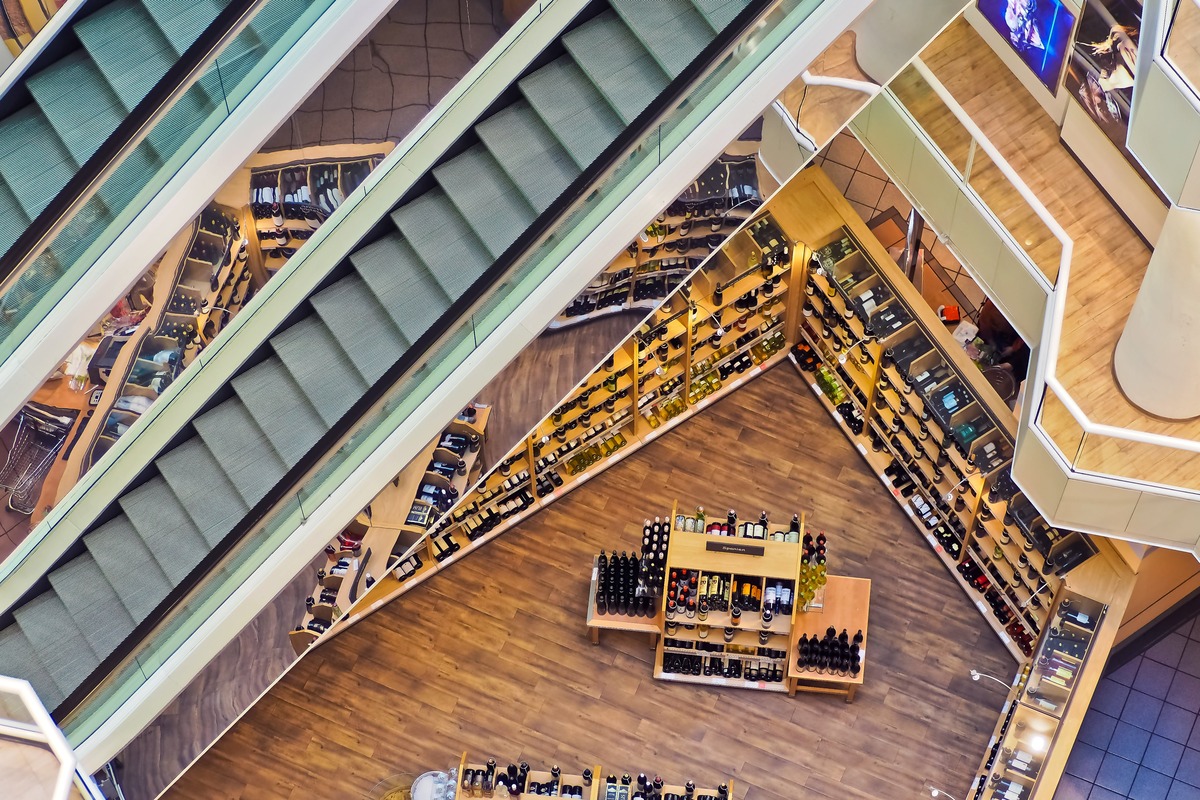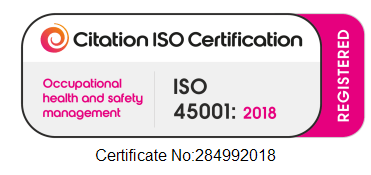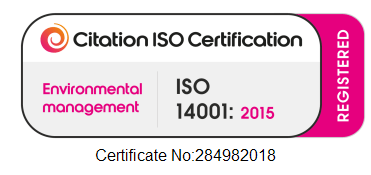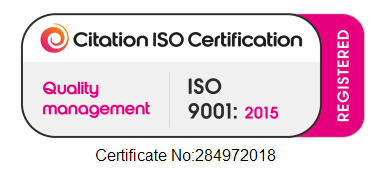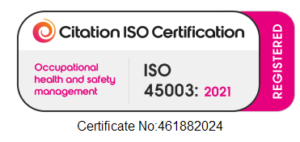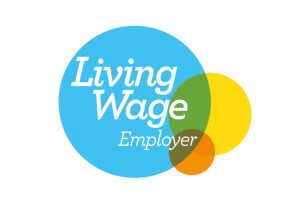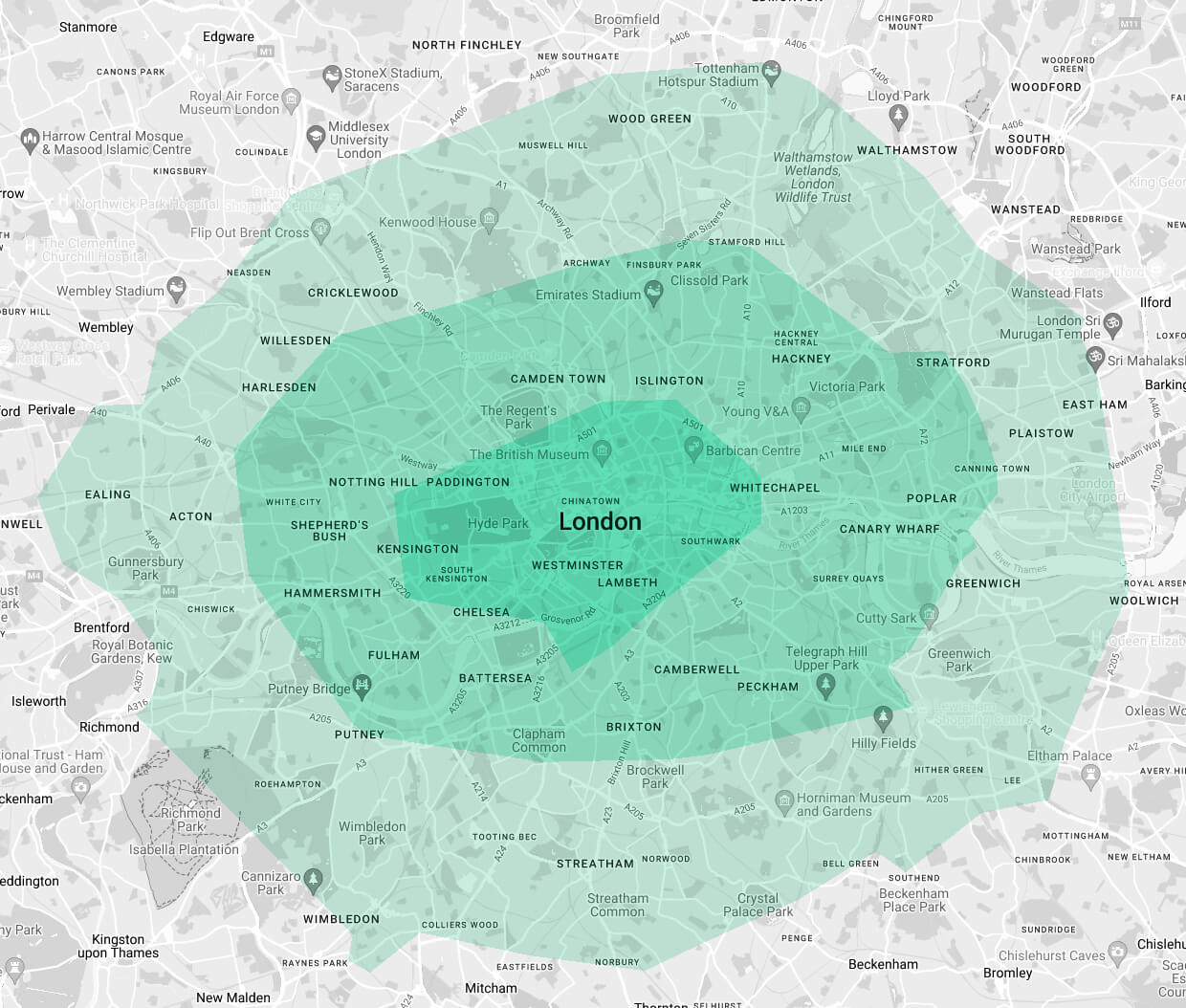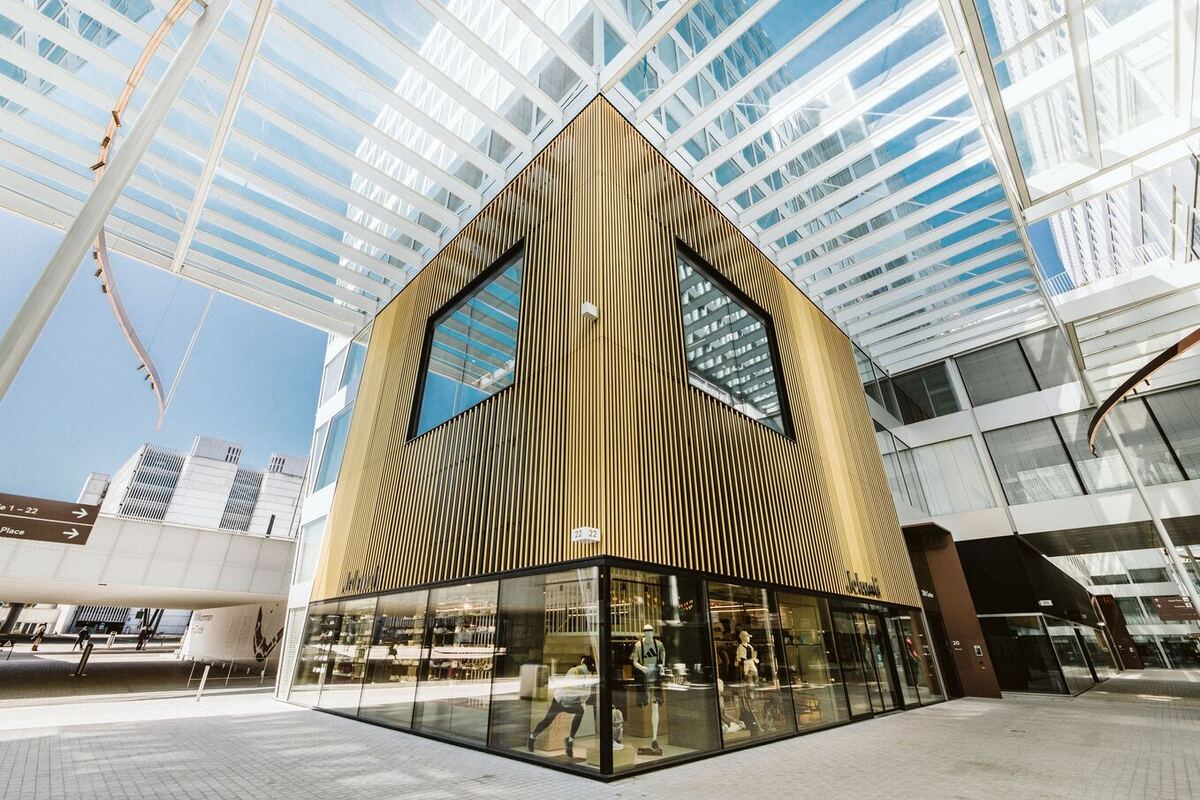
One of the biggest high street trends of recent years has been a renewed focus on experiential retail.
With the rapid growth of online retail, brick and mortar stores have embraced a wide range of innovative ideas to keep shoppers engaged, in-store and in-person.
For everyone from discount retailers to luxury boutiques, experiential marketing is a popular way of encouraging customers to visit their stores.
Barely a day goes by without commentators predicting that the future of the retail industry is more online than offline – but arguably, this is premature.
For example, according to McKinsey, by 2025 offline retail will still account for 81% of luxury sales, versus 19% for online purchases. That said, the gap is narrowing as offline channels had previously seen 92% of luxury sales back in 2016.
One thing’s for sure – experiential marketing is a great way to improve your customer footfall amidst inflation. It can work well alongside your sales tactics and other customer experience aspects such as personalised service, convenience, keeping a clean and tidy store, etc.
So, what is an experiential retail store strategy?
Experiential retail
It’s a form of event marketing, using physical spaces to create in-person experiences that shoppers will enjoy, engage with and remember.
Retailers use interactive displays, live shows, physical technology and much more to create a unique shopping experience for their customers.
And how experiential retail engages the senses! Not just sight and hearing – but potentially touch, smell and taste too.
Rich, well-thought out experiential marketing cleverly uses a store’s physical space to create something that customers can’t get online, and are unlikely to see elsewhere offline either.
Who invented it?
It’s unclear who first coined the term or who was the first to put its methods into practice.
Experiential retail has been around for a long time in various guises, and some stores are likely practitioners without even realising it. After all, it could be argued that having a coffee shop on the premises, or offering customers food and drink in general, is experiential.
However, one interesting theory is that none other than Walt Disney himself started the trend. By thinking of customers as guests and employees as cast members, he came up with a novel selling technique.
The original Disneyland Park, which opened in 1955, was designed by Walt after fans had asked to visit the Disney film studios.
Realising that a theme park would not only better engage fans but, presumably, also make much more money, Walt put his plans in motion back in 1948, potentially earlier.
Notable experiential retail examples
Plenty of high street brands are advocates of experiential retail these days. For example:
- Apple: Exploration, touch and interaction are at the forefront of Apple’s physical stores. The latest products are on display to try out in minimalist, clean and tidy stores. Knowledgeable experts are on hand to answer customers’ queries with exceptional insight. And if you want to buy, you don’t go to a till – the salespeople have handheld devices for that.
- Audi: The automotive brand’s virtual reality experience allowed customers at participating dealers to put on a headset and see the full range of cars virtually. This helps potential buyers see the full range on offer, given that showrooms can only stock a few different models at a time.
- Farfetch: Its ‘Store of the Future’ included touch-screen mirrors and connected clothing racks. Shoppers could request different sizes and even pay via the changing room mirrors! Farfetch leveraged customer search data and purchase histories to tailor the in-store experience to one individual at a time.
- IKEA: It’s not just about the famous meatballs… For the ‘Big Sleepover’, Ikea once invited 100 competition winners to stay the night in one of its warehouses, letting them choose their mattress, sheets and pillows. An expert provided sleeping tips too. It was a unique experience that gained plenty of social media traction as well.
- Vans: The ‘House of Vans’ locations, including London, are less about the brand’s shoes and more about music, art, culture and fashion in general. At these concept stores you could find anything from a skatepark to a cinema!
Looking for some more inspiration? Check out #experientialmarketing on Instagram!
Why use experiential retail?
Arguably, the key reason to embrace experiential marketing in your store is because it’s a key differentiator compared to online retail.
Of course, online shopping offers exceptional convenience – the chance to buy anything, anywhere, at any time of day or night.
But sometimes, shoppers overlook some of the benefits of going to a store in-person. The chance to physically examine the things you want to buy, the opportunity to speak to an assistant face-to-face, the list goes on.
An experiential retail approach can be an ongoing strategy, or a one-off event. But either way, it’s the opportunity to maximise the advantages your brick and mortar store has over any online store.
However, it’s not all about the online versus offline debate – as we’ll explore shortly, the two can complement each other when used effectively.
A successful experiential approach has several benefits. It’s a great brand loyalty building activity and a way to cultivate a community amongst your customer base, for example.
Many retail experts argue it’s an important way of targeting Millennials and Gen Z shoppers – but of course, the right experience will appeal to older shoppers too.
Other reasons to use experiential retail strategies typically include enhancing customer engagement, having a focal point for marketing campaigns and generating social media buzz!
How to do it
There are many different ways to embrace an experiential retail space, depending on your sector. Here are some typical principles:
- Put the experience first, not the sales: With the right in-store events, sales will follow in due course.
- Try to address any unmet customer needs: Think about what your customers may have struggled to do up until now. Perhaps there’s been high demand to speak to a leading expert in-person, for example – and could a new experience be a way to give new customers what they’re looking for?
- Let customers test or try products: In-store demos are a great way to let shoppers see what the latest releases can do.
- Use omnichannel marketing: Just because it’s an offline event, doesn’t mean that there’s no role for online. Plan to cover any one-off experiential marketing events extensively on your online channels and give visitors a hashtag (#) to use on social media. There may also be some scope to leverage online data, as per the Farfetch example above, for better personalisation.
- Consider hiring a different space: If your store isn’t the right shape or size for your event, or you don’t want to disrupt its daily business, look for a separate venue you can rent for a few hours, or days, as needed.
Lastly, presentation is key. Whether you’re using your own premises or a pop-up shop, make sure you have a clean and tidy store before setting up your innovative experience.
Regular retail cleaning practices will help keep your store looking inviting to customers and prospects alike.
For browsing high street shoppers, perfect window cleaning can make all the difference. And if your events are bringing in higher customer volumes, it may be worth considering some specialist floor cleaning too.
Summary: What is experiential retail?
Experiential retail stores use live shows, interactive displays and other technology to create unique events for shoppers.
It’s a novel form of marketing for brick and mortar retailers, using physical spaces to create in-person experiences that are highly engaging, memorable and shareable.
If you found this article useful, we’ve also written about the many ways to improve sustainability in retail.
Think FM provides the high standard of commercial office cleaning London businesses are looking for.
Whether you have an experiential retail strategy or not, we’re experts in retail cleaning in London that makes stores sparkle for customers – to find out more, please contact us.
share this article
